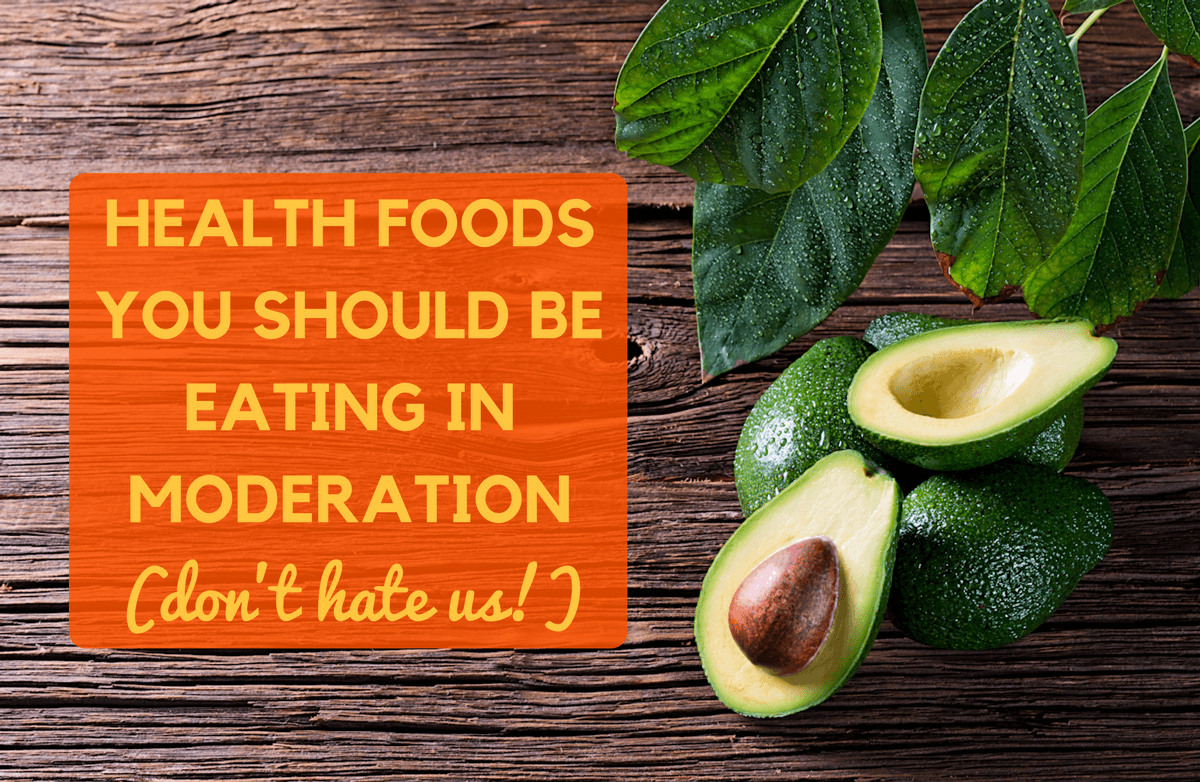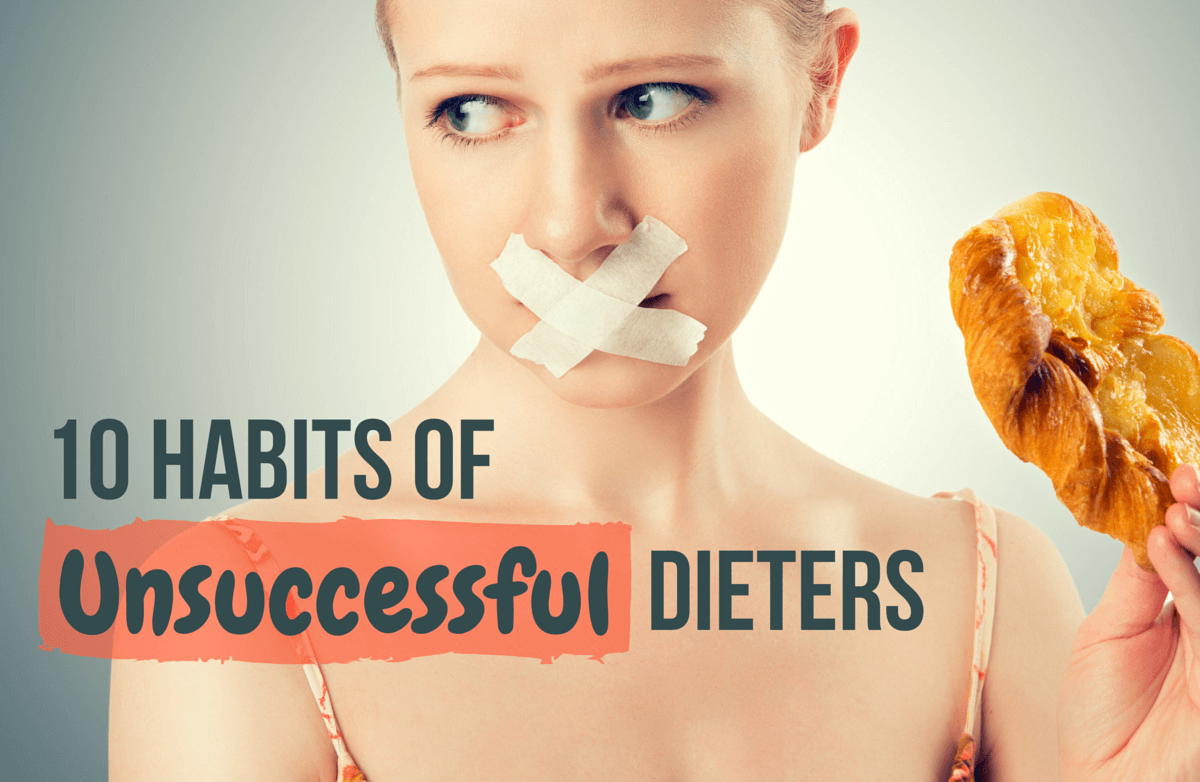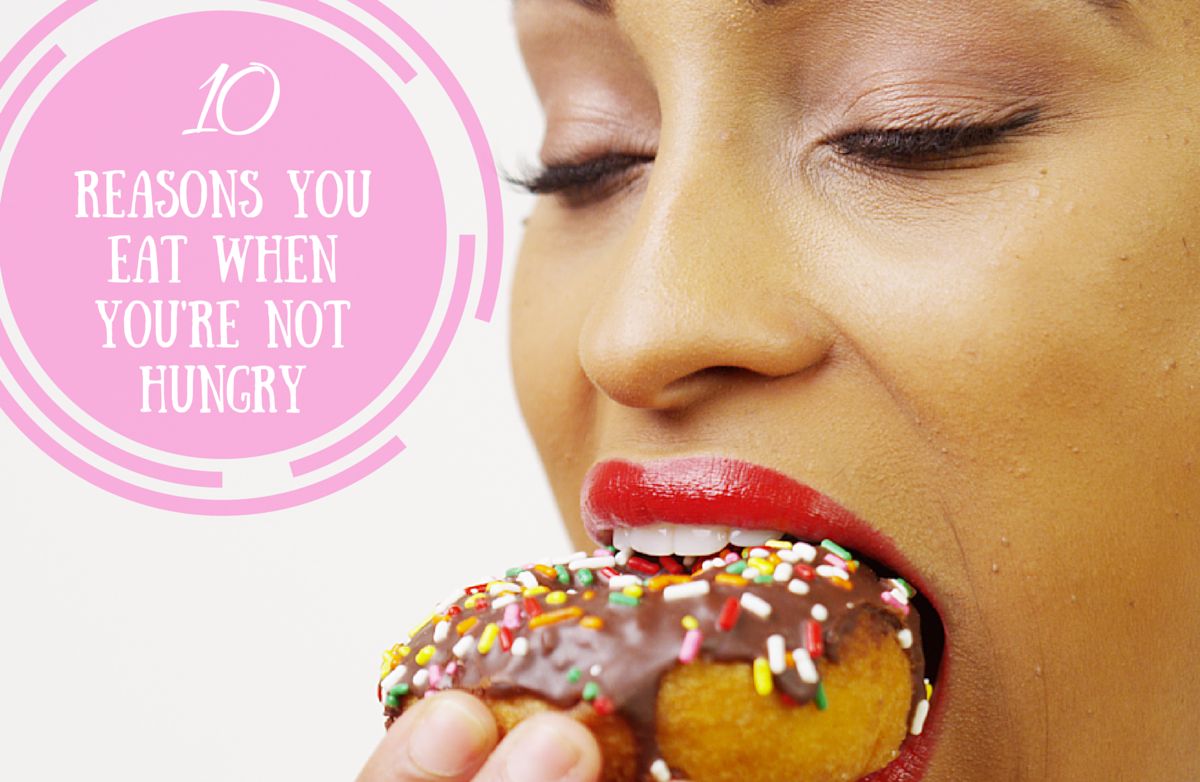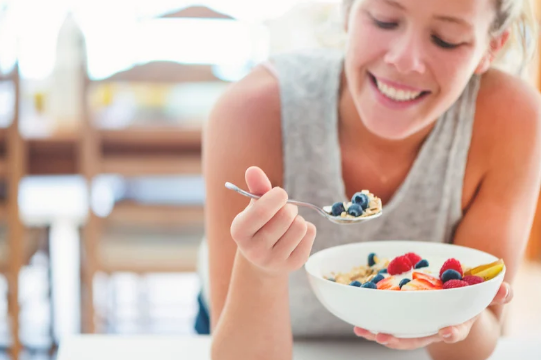Here’s a quick experiment: grab a can of regular soda, a plate, and a teaspoon. Scoop out ten teaspoons of sugar onto the plate. That’s about how much sugar is hiding in just one 12-ounce can of soda!
Added sugars show up in many foods and drinks, often without us realizing. While a little sweetness can add flavor to healthy foods, too much can crowd out the nutrients your body needs and add unwanted calories.
How Much Sugar Is Too Much?
Health experts recommend keeping added sugars to less than 10% of your daily calories. That works out to about:
-
6–9 teaspoons per day for most adults
-
Less for children
This limit does not include naturally occurring sugars in fruit or milk, which come packaged with nutrients your body needs.
Spotting Hidden Sugar
Nutrition labels list total sugar, which includes natural sugars, so you’ll need to dig deeper:
-
Check the ingredient list. Words like cane sugar, corn syrup, honey, molasses, malt, and evaporated cane juice all signal added sugar.
-
Know where it hides. Beyond soda and candy, you’ll also find sugar in condiments, sauces, flavored yogurts, cereals, and even bread.
Common Sources of Added Sugar
-
Beverages: soda, sports drinks, sweetened teas, juice cocktails
-
Breakfast foods: pastries, sweet cereals, granola bars, flavored oatmeal
-
Desserts: cookies, cakes, pudding, brownies
-
Condiments: ketchup, BBQ sauce, jams, and jellies
A Balanced Approach
It’s okay to enjoy a little sweetness now and then—like a drizzle of honey on yogurt or a sprinkle of sugar on oatmeal. The key is moderation. Try to limit highly processed foods and drinks that offer sugar but little nutrition.
Bottom Line
Added sugars sneak into many parts of the diet, often more than we realize. By reading labels, being mindful of hidden sources, and making simple swaps, you can cut back on sugar without giving up the foods you love. Your body—and your energy—will thank you.













